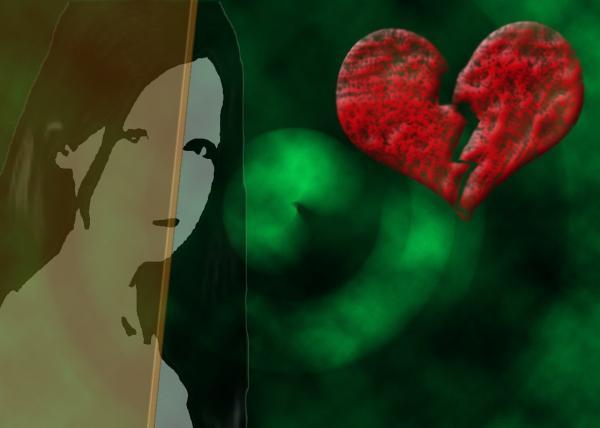I use nonlinear solution, :)
#code
from visual import *
from random import uniform,random
from visual.controls import *
display(center=(0,0,0),background=(1,1,1), #autoscale=False,
width=600, height=600, forward=(-0.4,-0.3,-1)) #arah kamera
distant_light(direction=(1,1,1), color=color.red)
dl = .01
l = 1.1
box(color=color.white, pos=(0,0,0),length=2*l,height=dl, width=dl, opacity=.3)
box(color=color.white, pos=(0,0,0),length=dl,height=2*l, width=dl, opacity=.3)
box(color=color.white, pos=(0,0,0),length=dl,height=dl, width=2*l, opacity=.3)
bola1 = sphere (pos=(0,0,0), radius=1.1, color=color.green, opacity=.3)
bola = sphere (pos=(1,0,0), radius=.1, color=color.red)
r = 1.
x = 1.
m = 1.
g = 1.
vx = 0.
dt = 1./16.
def proses():
global x,vx
f = -m*g*x/r
a = f/m
vx += a*dt
x += vx*dt
r2 = r*r
x2 = x*x
if x2>r2:
x2 = r2
y = r-sqrt(r2-x2)
bola.x = x
print x
bola.y = y-r
while 1:
rate (19)
proses()


No comments:
Post a Comment